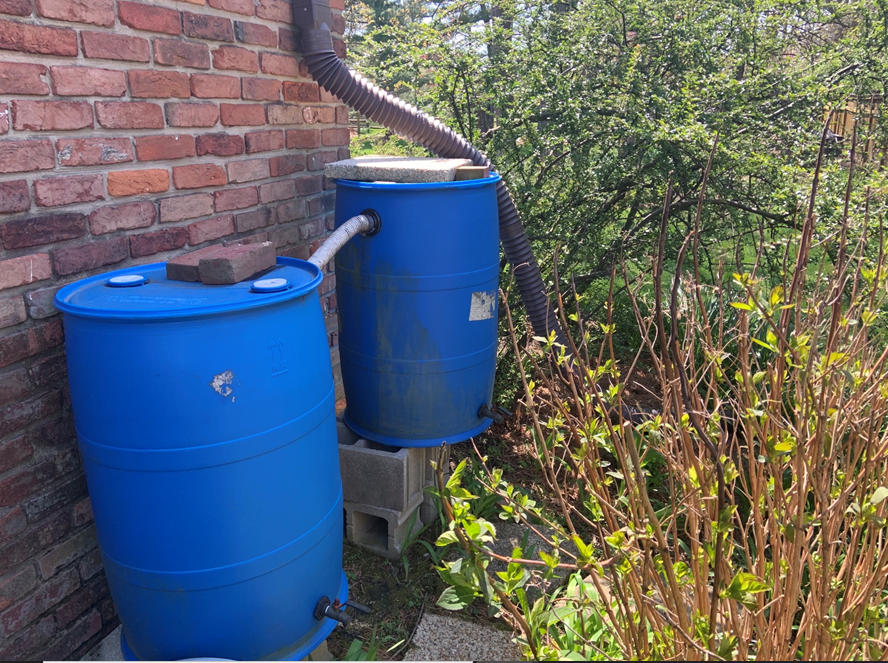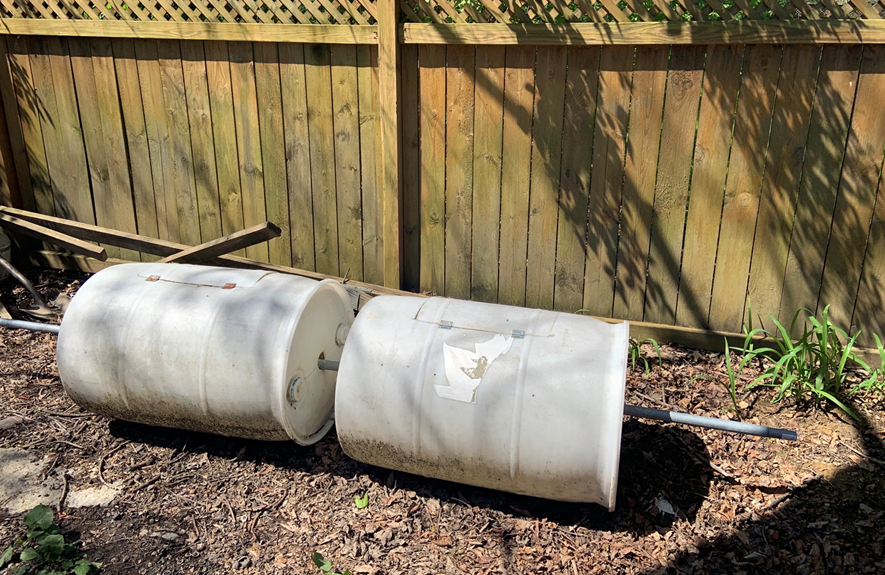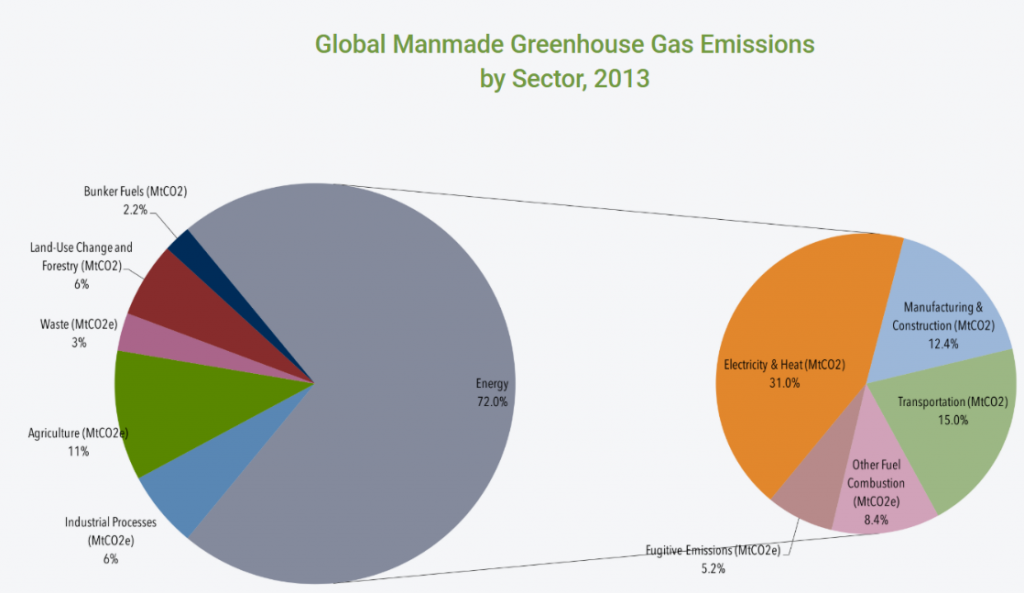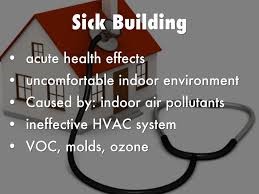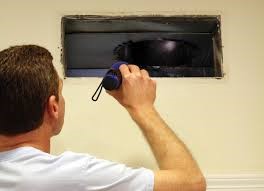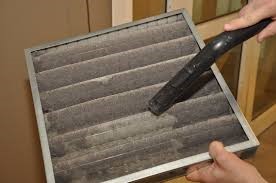A discussion of 2020 construction industry trends.
Have you ever wondered why construction on the interstate near your house has dragged on for the past five years, yet when you come back from a 10-day vacation in the Bahamas, an entire strip mall emerged out of existence since you’ve been gone? Okay, so maybe it takes longer than a fortnight to build an Arby’s but certainly not more than a couple years, like most roads and bridges. There are many differences between horizontal construction (roads) and vertical construction (buildings), but I would like to explore the top three trends in the (vertical) construction industry that have expedited the building process, enabling contractors to build smarter.
#1 Better Planning
It’s no surprise that technology is booming in every industry. Between IoT, cloud computing and artificial intelligence, the effect that big tech has had on construction has opened the doors for many process improvements. The way architects and engineers plan for construction has changed drastically over the past several years. One major improvement has been in their modeling software to incorporate Building Information Modeling (BIM). BIM is a 3-D, model-based process that allows for multi-disciplinary collaboration on a single platform. Succeeding CAD and other 2-D programs, BIM has transformed the way architecture, engineering and construction (AEC) professionals visualize their projects, as well as how they convey them to the client.

#2 Appeal to “Turnkey”
Turnkey solutions are emerging as the best way to streamline operations from planning to install. These can ease the minds of builders who can now better organize workflow knowing that a single product or service can get the job done. With turnkey solutions come project managers who can coordinate with multiple trades to accomplish the packaged scope. This plays particularly well to companies with a diverse product offering who already have a lot of expertise under the same roof. More specialized companies may be left by the wayside as they simply don’t have the resources to furnish a complete product without delegating some of the scope.
#3 More Skilled Labor
From the construction trends I covered above to forecasted industry growth, there is a labor crisis that is getting worse every year. With the emergence of new technology comes the need to educate the labor force to implement these advances without sacrificing quality. Unfortunately, forcing a generation of young adults to pursue trade school rather than college doesn’t happen overnight, so the construction industry has to adapt. Part of the solution comes with self-performing companies who can guarantee quality with the products that they offer. Afterall, who better to install the super high-tech gadget than the company that made it?
Melink offers turnkey options for clean-energy projects. From solar PV installation to DCKV systems to geothermal HVAC, our skilled team is comprised of industry experts. Contact us today to see how we can help on your construction projects.

